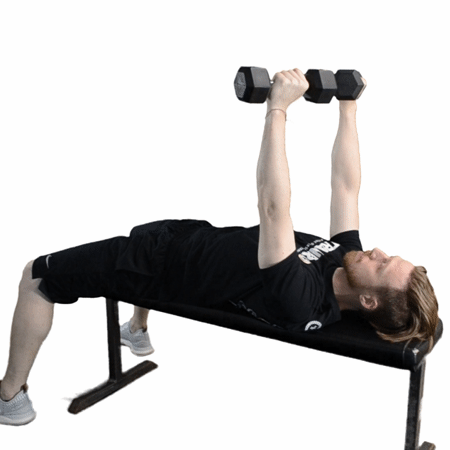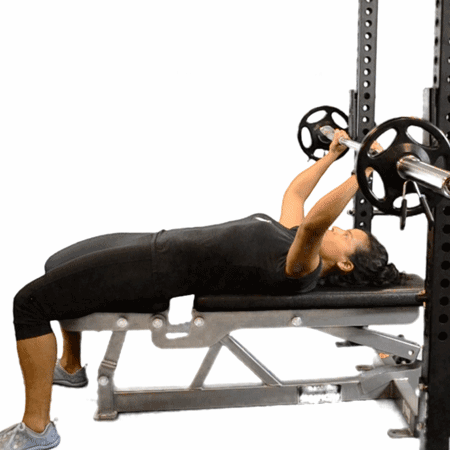Exercise of the Month
Every month we choose one exercise to showcase by showing some of the variations that are in our exercise library. To view the complete library, download our free ExerGuide app, or if you are a trainer or gym owner, sign up to Trainer+
Chest Press
*Click on the image to see more information about that variation.




































